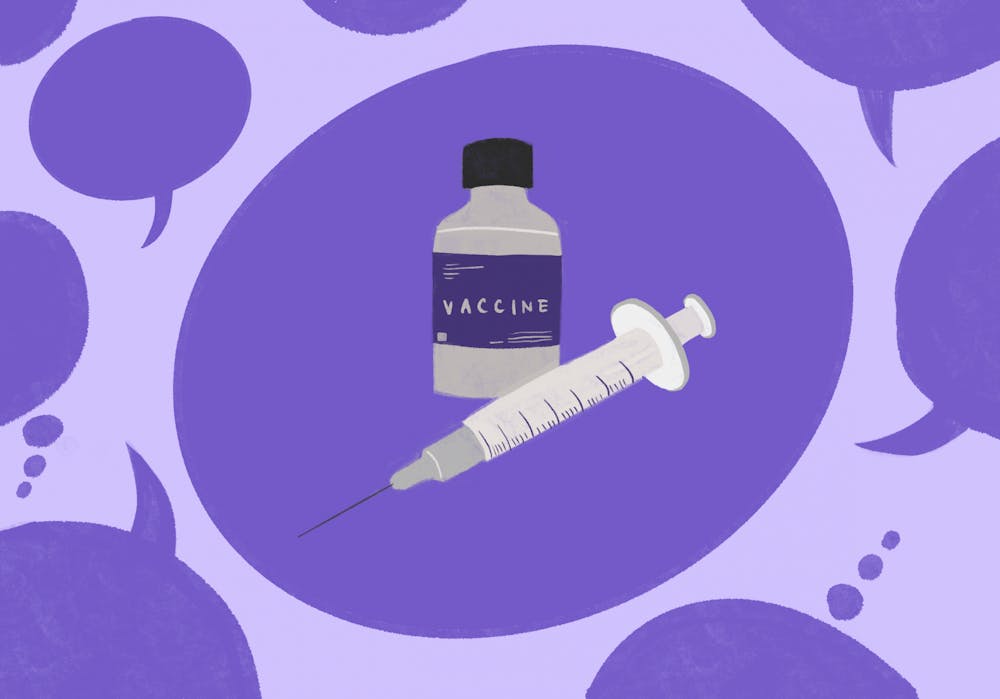After North Carolina expanded its COVID-19 vaccination eligibility to include college students on March 31, Duke Health began administering one-shot doses to Duke students at warp speed.
Within the first two weeks of April, Duke administered the Johnson & Johnson vaccine to approximately 12% of its total undergraduate and graduate student population. Accounting for those who had been inoculated outside the auspices of Duke Health, at that point, over 9,000 COVID-19 vaccine shots had been administered to the student body.
After federal officials cautioned against rare instances of blood clotting with J&J, Duke Health halted its J&J administration and began offering students the Moderna vaccine. As of June 7, 76% of Duke and Duke Health employees and 9,300 students are fully vaccinated.
While several students had reservations about receiving the J&J vaccine, particularly following the pause, Duke administration combated these sentiments by supplanting J&J with Moderna seamlessly and referring students to local Walgreens vaccination centers, according to Tommy Hessel, Trinity ‘21 and former Duke Student Government president.
“Fortunately, there were no logistical issues related to scheduling or availability, thanks to the tremendous teamwork across dozens of dedicated Duke staff. The speed in which the facilities and systems were stood up is something each of us should be proud of,” Vice President of Administration Kyle Cavanaugh wrote.
Procedurally, since last December, Duke Health has been coordinating vaccination rollout with the state of North Carolina, as the latter presides over the eligibility guidelines and allocation of the vaccine. As such, by the time the state announced college-student eligibility, Duke’s health services were able to swiftly provide all students with access to the J&J vaccine. Far from overwhelmed, the health team was more than equipped to administer a host of injections, and did not confront any backlogging of appointments or shortages of doses.
“Eligibility for healthcare workers started last December,” Cavanaugh wrote. “This rollout allowed our health system and our employee health unit to improve their efficiency week over week, so that by the time the state announced the eligibility of students, we were able to move very quickly in providing each Duke student with access to vaccines.”
On the current trajectory towards herd immunity at Duke, the administration has, in large part, waived the outdoor mask-wearing mandate on campus, which is also consistent with the CDC and state’s guidelines, notwithstanding vaccination status. Moreover, the administration anticipates full-capacity in-person learning in the fall, and has created more leeway for safe event-hosting on and off-campus.
“Strong communication and working relationships between Duke, DukeMed and the state helped after the call on March 25 determined students would be eligible, with a sign-up date opened by April 1,” Hessel said.
Get The Chronicle straight to your inbox
Signup for our weekly newsletter. Cancel at any time.
Halle Friedman is a Trinity senior and an associate news editor of The Chronicle's 119th volume.

